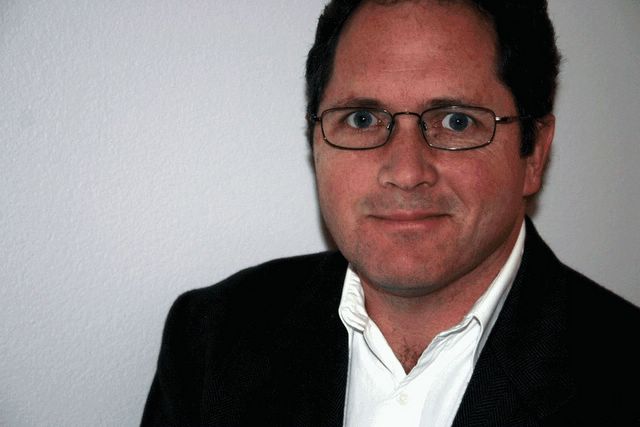From a macro view, it is worthwhile to step back and look at the migration of nanotechnologies from the more purely materials science, in which nanoparticles or nanosurfaces are developed to provide properties intrinsic to such small scale, toward structurally engineered products at the nanoscale, including nano products that provide the more complex sensor-type performance or even beyond, with specialized structural and functional components.
By comparison to a prior analysis that we provided on nanotech and MEMs, this developmental trend has become more pronounced, illustrating the growing sophistication of the science. In our current analysis, a limited, but fairly representative sample of companies suggests the following current distribution of the essential functional characteristics provided by the nanotechnologies being developed, as measured by the simple frequency of companies:
- particle/surface: 64%
- analysis: 8%
- functional structure: 28%
By "analysis", we mean products designed to reveal structure or function at the nanoscale level, rather than products that are themselves nanoscale or that provide analytical (e.g., sensor-based) functions at the nanoscale.
By "functional structure", we mean those products that are themselves nanoscale in simple or complex structure (i.e., beyond surface coating) providing functional performance beyond nanoparticles as materials.
In this, we have seen, even in the past two years, an impressive increase in nanotechnologies in the functional structure category, the most advanced of nanotechnology development. Indeed, the predominant types of nanotech products, both in nanomedicine applications and in the broader applications, fall in the area of particle and/or surface-based nanotechnologies, in which there is little or no performance of nanotech beyond that provided materials science. In nanomedicine, this particle/surface category, even cursorily surveyed, stands at 64% of the nanotech companies.
This is not to say that nanotech development necessarily has as its endpoint (in ultimate market potential) the development of complex nanostructures. Tremendous market potential may well reside in nanotech as surface coatings (let's remember what coatings did to the stent market), whether for devices or for pharmaceuticals. Impirically, there are more challenges in the development and testing of complex nanostructures than in the development of nanosurfaces. But there may also be nanoscale applications of complex nanostructures that we have envisioned neither technologically nor from a market potential.
If there is a take home message (sorry to have taken so long to get here), it is that the survival-conscious device manufacturer has recognized that nanotech is an area that it cannot afford to ignore. Over the next 1-2 years, witness the number of developmental, investment or other deals involving device companies and nanotech companies.

No comments:
Post a Comment